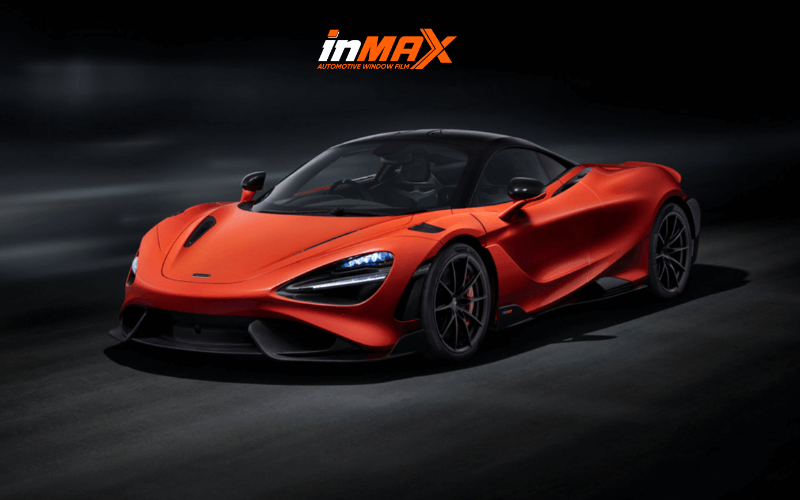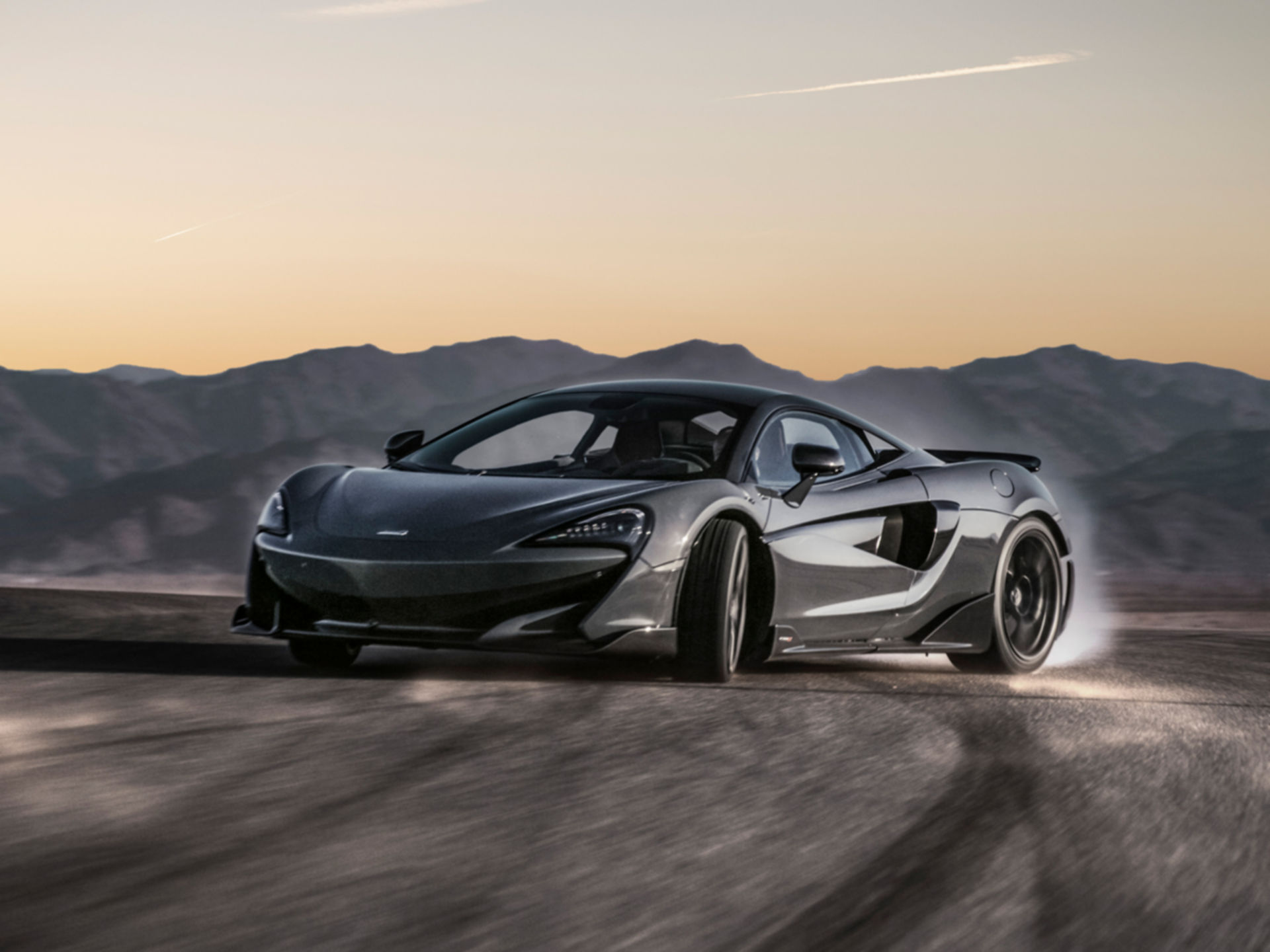The Pursuit of Performance: The Significance of McLaren in Motorsport and Automotive Engineering
Few names in the automotive world carry the weight and prestige of McLaren. Synonymous with speed, technological innovation, and a relentless pursuit of performance, McLaren has carved out a unique identity at the absolute cutting edge of both motorsport and high-performance road cars. From its humble beginnings in a New Zealand garage to its status as a global icon, McLaren’s significance stems from its deep-rooted racing heritage, its pioneering application of advanced materials and engineering, and its unwavering focus on creating driver-centric vehicles that push the boundaries of what is possible.
Born on the Track: The Racing Heritage
The story of McLaren is fundamentally a story of racing. Founded in 1963 by New Zealand driver Bruce McLaren, the company was initially focused purely on competition. Bruce McLaren was not just a talented driver; he was also an engineer and an innovator with a clear philosophy: to build faster, more reliable race cars and “to do the job properly.” This ethos became the bedrock of the brand.
McLaren quickly made its mark in various racing series. In the late 1960s and early 1970s, they dominated the Can-Am series with powerful, lightweight cars. However, it was in Formula 1 where McLaren truly established its legendary status. Under the leadership of figures like Teddy Mayer and later Ron Dennis, McLaren became one of the most successful teams in F1 history.
The partnership with engine suppliers like TAG Porsche and Honda in the 1980s led to an era of unparalleled dominance, particularly with drivers Alain Prost and Ayrton Senna. The McLaren MP4 series of cars were technological marvels, pushing the limits of chassis design, aerodynamics, and engine performance. This period solidified McLaren’s reputation for cutting-edge engineering and a winning mentality. Success continued in the late 1990s with Mika Häkkinen and into the 2000s.
The intensive development cycles, the quest for marginal gains, and the high-pressure environment of Formula 1 instilled a culture of innovation and engineering excellence within McLaren that remains its defining characteristic. The knowledge gained on the track directly informs every aspect of their road car division. The state-of-the-art McLaren Technology Centre (MTC) in Woking, England, serves as the central hub for both the racing team and the road car company, symbolizing the intertwined nature of their operations.
The First Road Car Icon: The McLaren F1
While McLaren’s fame was built on the racetrack, they made a spectacular foray into road cars in the 1990s. The McLaren F1, conceived by Gordon Murray and built between 1992 and 1998, was a revolutionary vehicle that redefined the term “supercar” and laid the groundwork for the modern “hypercar.”
Related articles 01:
1. https://minidanang.com/mini-do-ca-nhan-hoa-bieu-tuong-thoi-trang-theo-cach-cua-ban/
3. https://minidanang.com/mini-adventures-maximizing-your-camping-experience-with-a-mini-cooper/
4. https://minidanang.com/the-chic-and-the-quirky-weighing-the-pros-and-cons-of-owning-a-mini/
The F1 was groundbreaking in countless ways. It was the first road car to feature a complete carbon fiber monocoque chassis, a technology derived directly from F1. This focus on lightweight construction became a core tenet of McLaren Automotive. It featured a unique three-seat layout with the driver positioned centrally, again prioritizing the driving experience. Powered by a magnificent BMW-sourced V12 engine, the F1 was the fastest production car in the world at the time of its launch, a record it held for years.
The McLaren F1 wasn’t just fast; it was engineered with incredible attention to detail, reflecting the “do the job properly” philosophy. Although only 106 were built, the F1 achieved legendary status and set an incredibly high benchmark for any future road car bearing the McLaren name. It proved that McLaren could translate its racing expertise into an unparalleled road-going machine.
The Modern Automotive Era: From MP4-12C to Today
After the limited run of the F1, McLaren Automotive was officially relaunched in 2010 as a standalone manufacturer of high-performance sports cars and supercars. Their first production car, the McLaren MP4-12C (later simply 12C), marked the beginning of the modern era. Like the F1, it featured a carbon fiber monocoque (the MonoCell) and was powered by a bespoke twin-turbocharged V8 engine.
The 12C established the core principles of modern McLarens: lightweight construction, potent twin-turbo V8 power, a focus on driving dynamics and usability, and distinct styling featuring signature dihedral doors. Following the 12C, McLaren Automotive introduced a tiered product strategy, initially divided into Sports Series, Super Series, and Ultimate Series, allowing them to compete across different segments of the high-end performance car market.
Key models like the 650S, 675LT, and especially the 720S (a benchmark in the Super Series for its blend of extreme performance and usability) solidified McLaren’s position. The Ultimate Series produced hypercars like the hybrid P1 (a spiritual successor to the F1, pushing boundaries with electrification), the track-focused Senna, the aerodynamic Speedtail (a hyper-GT with a three-seat layout like the F1), and the open-cockpit Elva. This rapid expansion demonstrated McLaren’s engineering capability and ambition. More recently, models like the GT and the hybrid Artura have shown the brand adapting to market demands and evolving technologies, bringing hybrid powertrains to their core lineup.
Engineering Philosophy: Lightweight and Innovative
At the heart of every modern McLaren is its carbon fiber chassis. The evolution from the original MonoCell to the MonoCage (incorporating the roof structure) is a testament to their expertise in this material. Carbon fiber is incredibly strong yet lightweight, contributing significantly to McLaren’s exceptional power-to-weight ratios and structural rigidity, which in turn enhances handling and safety. This unwavering commitment to lightweight design is a direct inheritance from their racing DNA.
Beyond carbon fiber, McLaren engineers are known for innovative solutions. Their Proactive Chassis Control (PCC) hydraulic suspension system, for example, often eliminates the need for traditional anti-roll bars, providing an exceptional blend of ride comfort and handling prowess. Their potent twin-turbocharged V8 engines (designed and built to their specifications) are engineering marvels, delivering immense power efficiently. Aerodynamics are also crucial, with active aero elements like rear wings and airbrake systems dynamically adjusting to optimize downforce and reduce drag.
Design Language and Driver Focus
Related articles 02:
1. https://minidanang.com/mini-cooper-chinh-phuc-trai-tim-nguoi-viet-bang-ca-tinh-doc-dao/
2. https://minidanang.com/5-compelling-reasons-why-you-should-consider-buying-a-mini/
3. https://minidanang.com/small-wonders-on-wheels-exploring-the-best-compact-car-designs-of-2025/
4. https://minidanang.com/mini-do-ca-nhan-hoa-bieu-tuong-thoi-trang-theo-cach-cua-ban/
McLaren’s design philosophy is deeply rooted in function. While aesthetically striking, every curve, vent, and aero element serves a purpose related to performance, cooling, or aerodynamics. The distinctive dihedral doors are a signature feature, practical for entry and exit while also contributing to the car’s visual drama. The front “face” of modern McLarens, often featuring ‘eye-socket’ headlight designs, provides a recognizable brand identity.
Crucially, the interior design of a McLaren is unapologetically driver-focused. Cockpits are designed for minimal distraction, placing controls ergonomically for the driver. While modern McLarens offer increasing levels of luxury and technology, the primary goal is to connect the driver to the road and the machine, prioritizing the visceral experience of driving a high-performance car.
Exclusivity, Craftsmanship, and The McLaren Experience
While not produced in the same volumes as mainstream sports cars, McLarens are exclusive vehicles built at the McLaren Production Centre in Woking with meticulous craftsmanship. The build process involves a significant amount of hand assembly, particularly concerning the carbon fiber chassis and interior finishing.
Owning a McLaren is about more than just the performance figures; it’s about buying into a legacy of racing excellence and cutting-edge technology. The experience is defined by the car’s unique blend of savage performance, lightweight agility, relative usability (compared to some hypercar rivals), and the prestige of the McLaren badge.
Conclusion
McLaren’s journey from a small racing team to a globally recognized constructor of elite performance cars is a testament to Bruce McLaren’s original vision and a relentless dedication to engineering excellence. Their significance in the automotive world is multi-faceted: they are a living embodiment of motorsport DNA, pioneers in the application of lightweight carbon fiber technology, creators of some of the most dynamic and fastest road cars ever built, and practitioners of an art form where engineering and design are inextricably linked. As they navigate the future with increasing hybridization, McLaren remains at the forefront of automotive innovation, continuing their pursuit of perfection on both the track and the road, solidifying their place as one of the most important names in high-performance vehicles.









